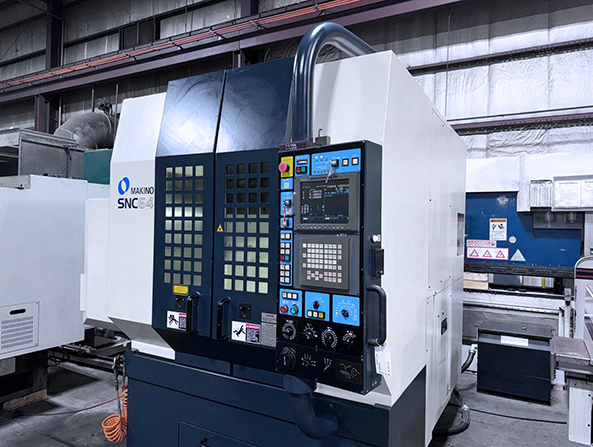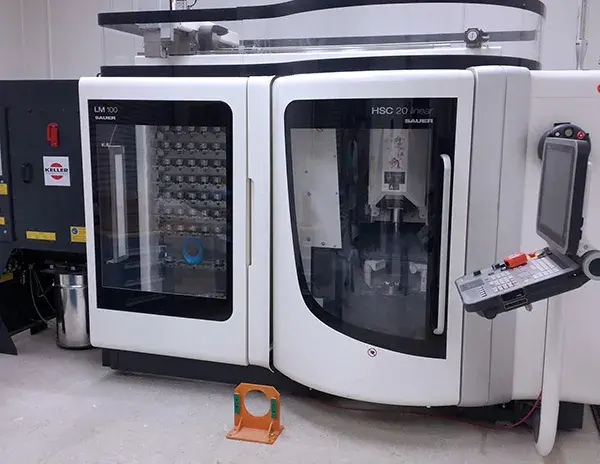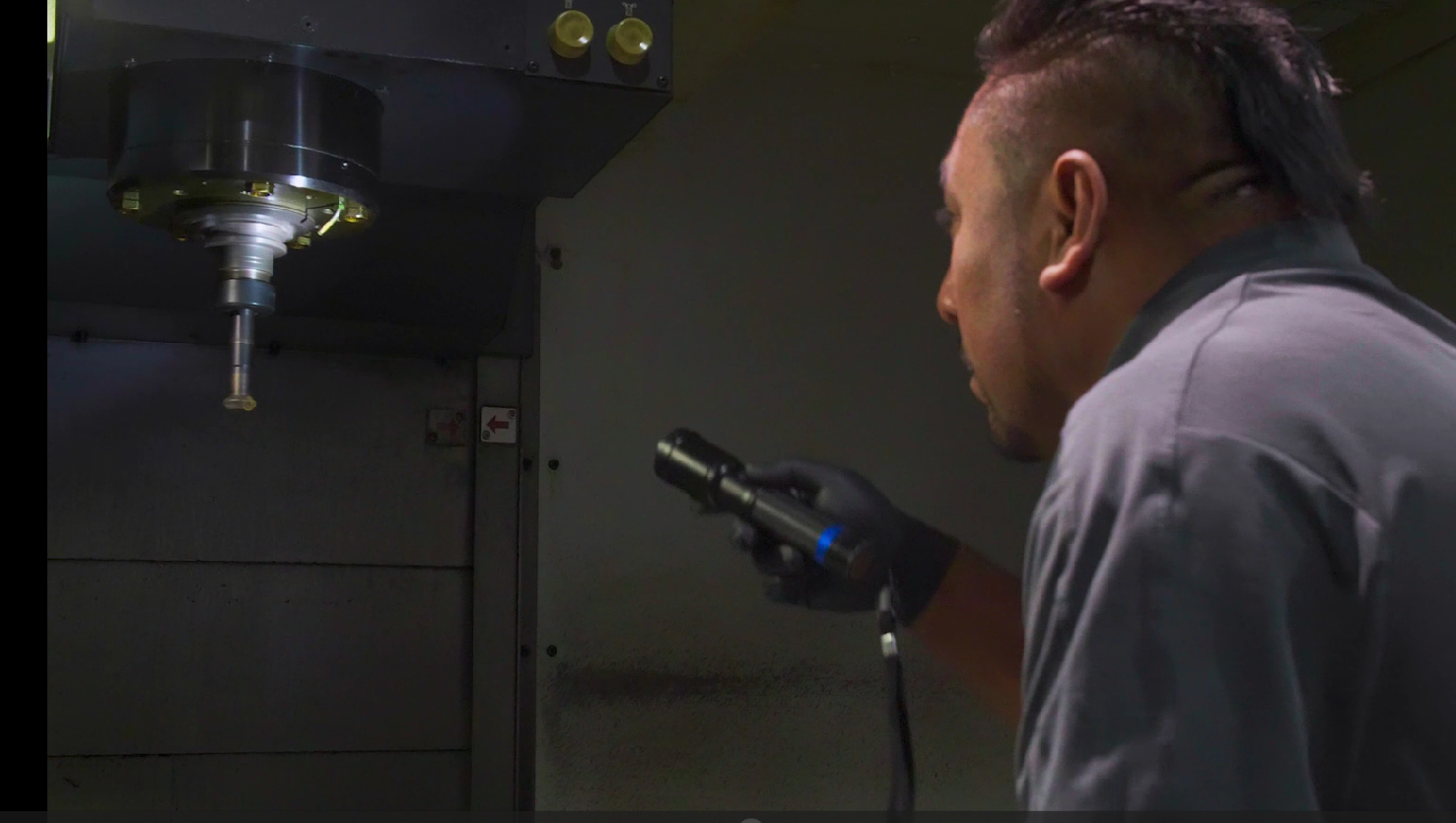Investing in a used CNC machine can be a smart and cost-effective decision for manufacturers looking to expand production capabilities without the hefty price tag of new equipment. However, buying a pre-owned CNC machine requires careful consideration to ensure you get a reliable, high-performing, and cost-efficient asset.
In this article, we’ll explore the key factors to evaluate when purchasing a used CNC machine, the potential risks, and tips for making a well-informed decision.
1. Machine Condition & Service History
🔎 Why It Matters: The overall condition of the machine determines its longevity and performance. A machine with excessive wear and tear may lead to frequent breakdowns and costly repairs.
✅ What to Check:
- Look for visible wear on the spindle, ball screws, way covers, and tool changers.
- Inspect for oil leaks, rust, or excessive vibrations, which may indicate underlying mechanical issues.
- Request maintenance records to see if the machine has been regularly serviced.
2. Cutting Hours & Usage
⏳ Why It Matters: A CNC machine’s cutting hours give insight into its workload and potential lifespan. Machines with extremely high usage may require more maintenance.
✅ What to Check:
- Ask for the total cutting hours (not just power-on hours).
- Compare the machine’s age with its usage—a newer machine with high hours may be in worse condition than an older one with low hours.
- Check the machine’s workload history—light-duty machining is less taxing than heavy-duty cutting.
3. CNC Control System & Software Compatibility
🖥 Why It Matters: The CNC control system determines the machine’s ease of use and compatibility with your existing setup. Older control systems may lack software support or be harder to program.
✅ What to Check:
- Identify the CNC control brand and model (e.g., Fanuc, Siemens, Mazak, OSP-P300M).
- Check for software updates and support availability.
- Ensure the machine’s control system is compatible with your CAD/CAM software.
- Verify if the control supports DNC (Direct Numerical Control) for seamless data transfer.
4. Spindle & Tool Changer Condition
🛠 Why It Matters: The spindle is one of the most expensive components to repair or replace. A worn-out spindle can lead to poor machining accuracy and performance issues.
✅ What to Check:
- Listen for unusual noises when the spindle is running—grinding or excessive vibration could indicate wear.
- Inspect the spindle taper and bearings for signs of damage.
- Test the tool changer for smooth operation—any misalignment or sticking could lead to production delays.
5. Accuracy & Repeatability
📏 Why It Matters: A CNC machine must maintain tight tolerances for high-precision manufacturing. Worn-out components can lead to accuracy issues, affecting the quality of machined parts.
✅ What to Check:
- Review past inspection reports or accuracy tests.
- Check the ball screws, linear guides, and encoders for wear.
- Perform test cuts if possible and measure part accuracy with a caliper or CMM (Coordinate Measuring Machine).
6. Coolant & Lubrication Systems
💧 Why It Matters: Proper cooling and lubrication extend machine life and maintain machining accuracy. Poor maintenance of these systems can lead to overheating, corrosion, and component failures.
✅ What to Check:
- Inspect the coolant tank and filtration system for debris buildup.
- Check if the high-pressure coolant system (e.g., 1000 PSI coolant thru spindle) is functioning.
- Ensure lubrication lines are clear and free of leaks.
7. Machine Accessories & Upgrades
🔩 Why It Matters: Additional features and accessories can enhance machine performance and expand its capabilities.
✅ What to Check:
- Look for probing systems (e.g., Renishaw RMP60) for precision measurements.
- Verify if the machine has a pallet changer, chip conveyor, or mist collector for improved efficiency.
- Consider aftermarket upgrades like automation integration or AI-driven monitoring systems.
8. Seller Reputation & Warranty
💧 Why It Matters: Proper cooling and lubrication extend machine life and maintain machining accuracy. Poor maintenance of these systems can lead to overheating, corrosion, and component failures.
✅ What to Check:
- Inspect the coolant tank and filtration system for debris buildup.
- Check if the high-pressure coolant system (e.g., 1000 PSI coolant thru spindle) is functioning.
- Ensure lubrication lines are clear and free of leaks.
9. Transportation & Installation Costs
🚛 Why It Matters: Moving and setting up a CNC machine can be expensive, especially for large horizontal machining centers or 5-axis machines.
✅ What to Check:
- Confirm the total shipping and rigging costs.
- Ensure the machine fits within your facility’s space and power requirements.
- Check if installation and calibration services are included in the purchase.
Conclusion: Making the Right CNC Investment
Buying a used CNC machine can be a cost-effective way to expand your manufacturing capabilities—if you know what to look for. Evaluating key factors like machine condition, cutting hours, spindle health, and software compatibility will help you avoid costly surprises.
If possible, always inspect the machine in person or request a live demo before finalizing the purchase. Partnering with a trusted CNC dealer ensures a smooth transaction and long-term reliability.
🔹 Looking for a high-quality used CNC machine? Let us help you find the right equipment for your needs! 🚀



